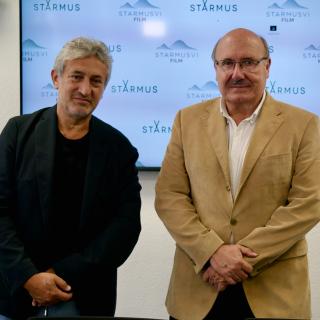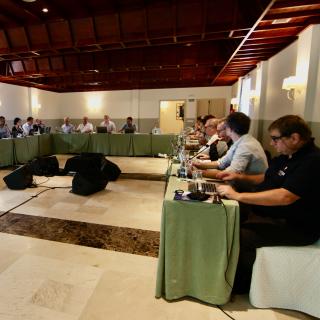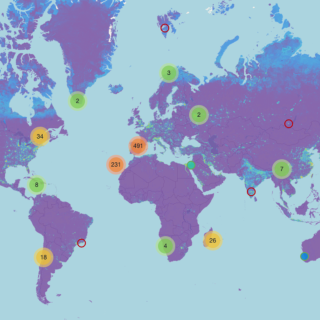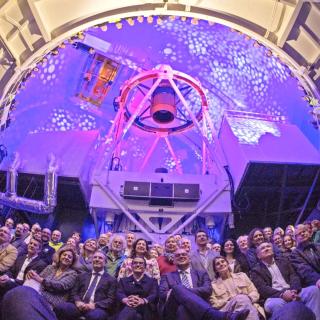
La Palma will host a new edition of Starmus in 2024, according to Rafael Rebolo, director of the Instituto de Astrofísica de Canarias (IAC), and Garik Israelian, co-director of the festival and astrophysicist, at a press conference held at the IAC headquarters in La Laguna. "We are working to make this a reality and the way we have found is to relate it to the protection of the sky as an asset of humanity, which is why we will go hand in hand with the Starlight Foundation. There is still time to make society aware of the pollution of our sky, especially with the launch of small satellites
Advertised on




